It doesn’t take a rocket scientist to know that drinking any alcohol and driving 4000 pounds of car can cost you a life… yours or someone else. The downside to easily killing someone is the loss of your freedom, your current and future bank account and a great deal of time in court, jail, and classes. The more frequently you drink and drive, the greater the probability that you will eventually be arrested or attend an online DUI school. Then have to explain to your spouse and friends why you need a ride to work or school.
So you have to ask yourself, is drinking and driving really worth all the risk? The intelligent answer is no. Notice I used the word intelligent. Deciding to consume alcohol knowing that you’re going to drive later on this the same as playing craps at the casino. Eventually the house wins and you will lose. Simply put… there is no level of alcohol in your veins that will allow you to drive safely.
In 2012, 10,500 people were killed in an alcohol related crash. The average person who is killed by a drunk driver knew approximately 150 other people. This means that in 2012 the total number of people directly impacted by drunk driving deaths was 1,500,000. The average DUI arrestee will drink and drive an average of 70 times before they are caught and arrested. The more frequently you drink and drive, the greater the probability that you will eventually be arrested, crash or both. And for the rest of your life, you will likely see the face of the person you killed every- time you close your eyes, as well as the grief of the family you will meet in the courtroom. Killing someone while DUI will irreversibly change the lives of everyone involved forever.
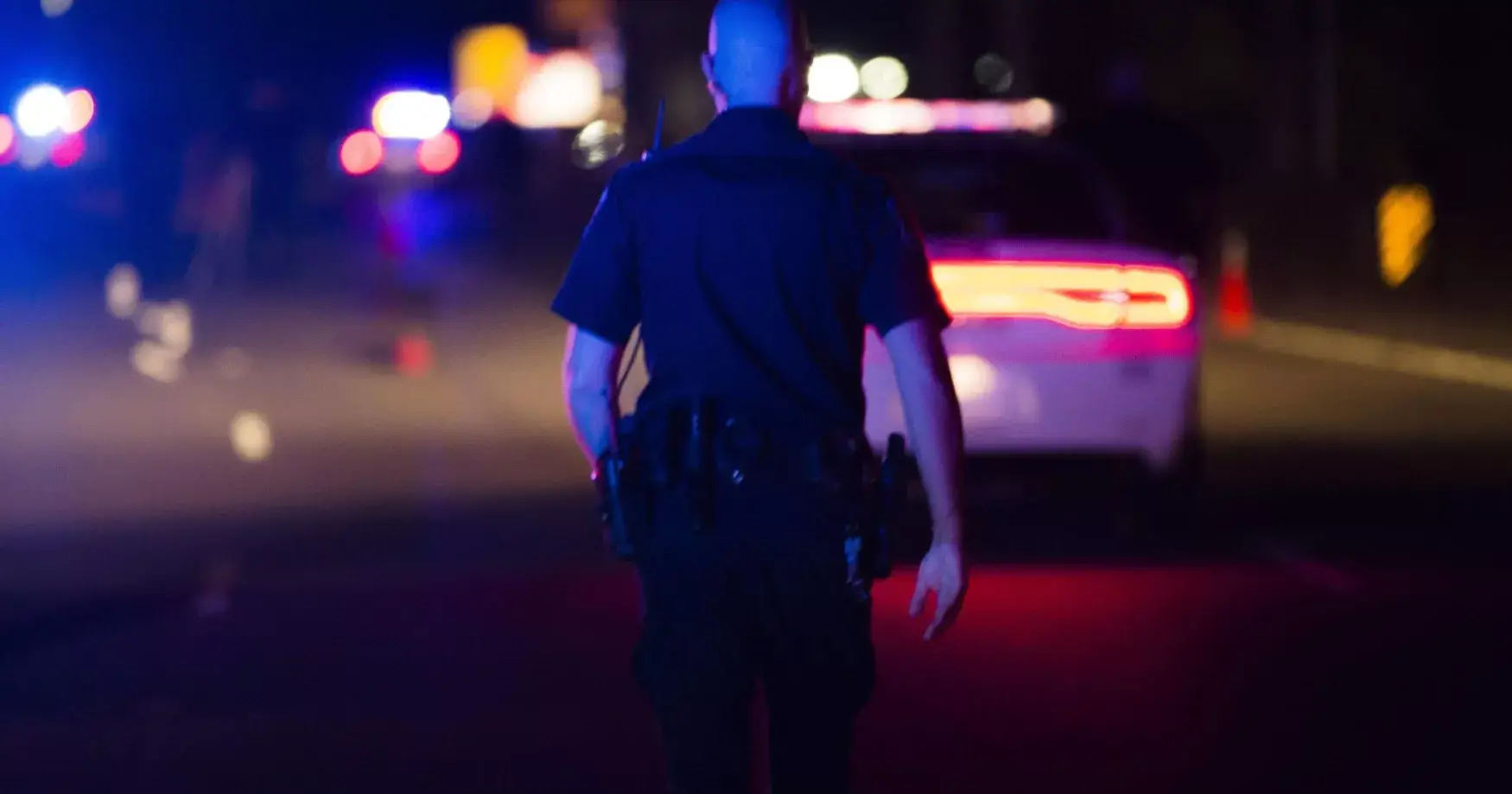
In 2012, there were 14,445 DUI arrests in Nevada. The average total cost of a first DUI ranges from $7200 to $9600. So you NEED to ask yourself… is drinking and driving really worth all the risk? The sober answer is NO! The drunks answer… What, me worry! Deciding to consume alcohol knowing that you might drive later on is the same as playing craps at the casino. Eventually the house wins and you will lose.
Since 2004, it has been illegal in all US states and the District of Columbia to drive with a BAC that is 0.08% or higher. Canada adopted similar laws in the Criminal Law Amendment Act in the 1970s. When an individual operates or drive a motor vehicle in the State of Nevada, he or she are legally consenting to be evaluated for driving under the influence through a chemical test of your breath and/or your blood in order to determine what, if any the alcohol is present in your body while you’re operating a motor vehicle.
This is known as implied consent. Field Sobriety Tests (FSTs) that are approved by the National Highway Transportation Safety Administration (NHTSA). The US Department of Transportation explains the Field Sobriety Test as, “a battery of three tests administered and evaluated in a standardized manner to obtain validated indicators of impairment and establish probable cause for arrest.” Field sobriety tests were first introduced in Norway in 1936. When you are pulled over by law enforcement and they suspect you have been drinking, they will first look in your eyes. With your head level, the officer will ask that your eyes follow either a finger or pen each side. If you have been drinking, your eyes will demonstrate a rhythmic oscillation that is impossible to consciously control.
Alcohol causes the eyes to oscillate and this is known as horizontal gaze nystagmus. If the officer identifies a sign in your eyes, he or she will then have you perform was described as a field sobriety test. Is designed to test your balance and court nation which is impaired when you drink alcohol. The test is challenging when you’re sober, but damn near impossible when you’re drunk. Once it’s determined that you cannot perform the balance or coordination test, the officer will then check your blood alcohol concentration. If it’s determined that your BAC is at .08 or greater, You will be arrested for driving under the influence. From that point on, your life becomes complicated.
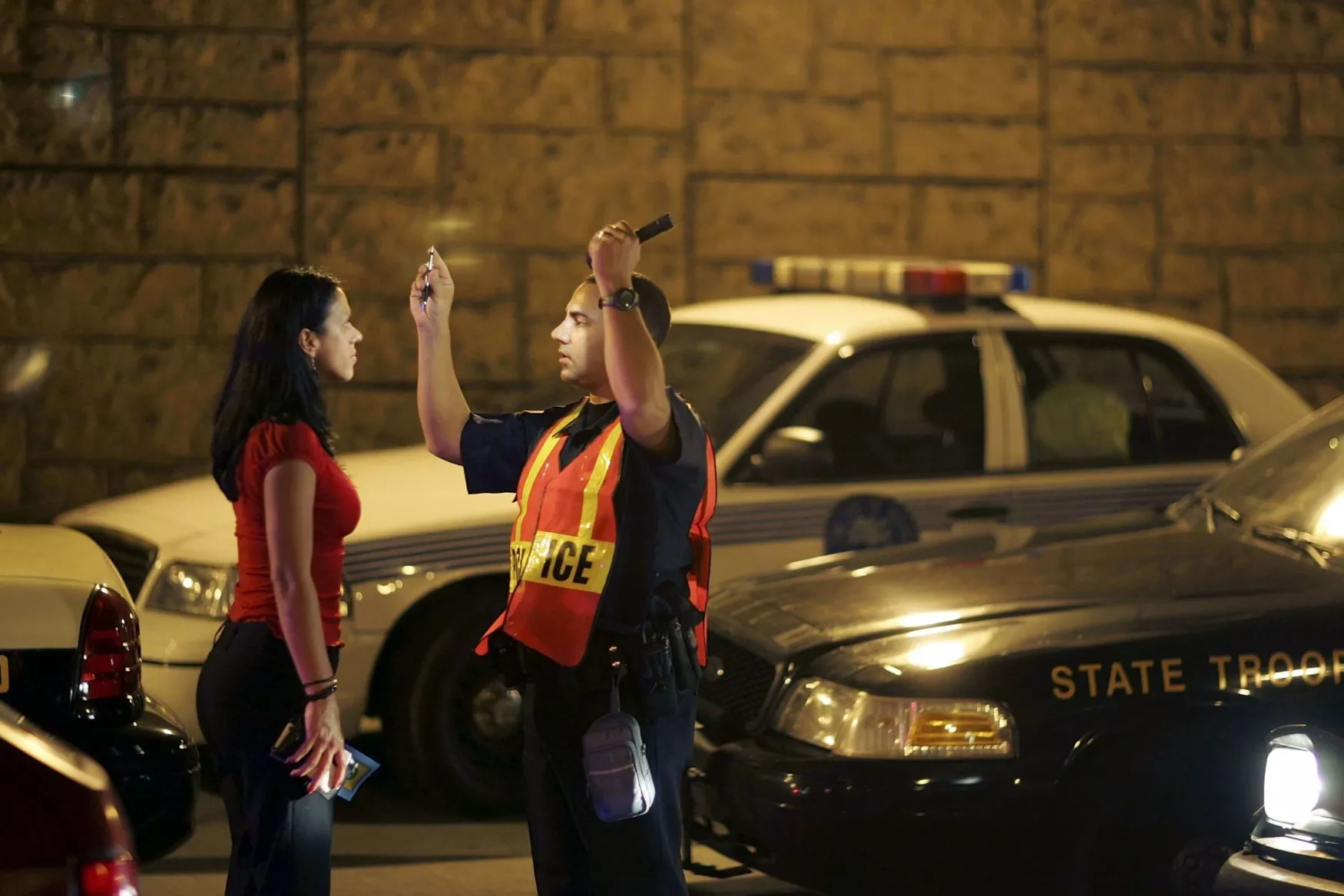
Since at least 2004, it has been illegal in all US states to drive with a BAC (Blood Alcohol Concentration) equal to or greater than 0.08%. Nevada zero tolerance laws consider drivers under the age of 21 to be legally impaired with a BAC of 0.02%. If you hold a CDL (commercial driver’s license), the BAC limit is 0.04%. The BAC applies to alcohol only. If any detectable amount of an illegal substance is found in your blood, such as cocaine or marijuana, you are subject to at least the same penalties as you would for alcohol. Field Sobriety Tests (FSTs) are approved by the National Highway Transportation Safety Administration (NHTSA) and are a standardized battery of three tests administered to obtain indicators of impairment and establish probable cause for arrest. Field sobriety tests were first introduced in Norway in 1936.
When you are pulled over by law enforcement and suspected of consuming alcohol, the officer will initially smell your breath to see if you have alcohol on it. Then if the officer suspects you have been drinking or under the influence he or she will have you exit your car and look at your eyes. The officer isn’t flirting, but checking to see if your eyes have a specific neurologic response indicating that you have been drinking alcohol. With your head level, the officer will ask that your eyes follow either a finger or pen in both directions. If you have been drinking, your eyes will demonstrate a rhythmic oscillation that is impossible to consciously control.
Alcohol will cause your eyes to oscillate and this is known as “Horizontal Gaze Nystagmus”. If the officer identifies this sign in your eyes, he or she will then have you perform a “Field Sobriety Test.” FST is designed to test your balance and coordination which becomes impaired when you drink alcohol. A FST is challenging when you’re sober, but damn near impossible when you’re drunk. Once it’s determined that you cannot perform the balance or coordination tests, the officer will then check your Blood Alcohol Concentration with a breathalyzer and if it’s determined that your BAC is at .08 or greater, you will be arrested for driving under the influence.
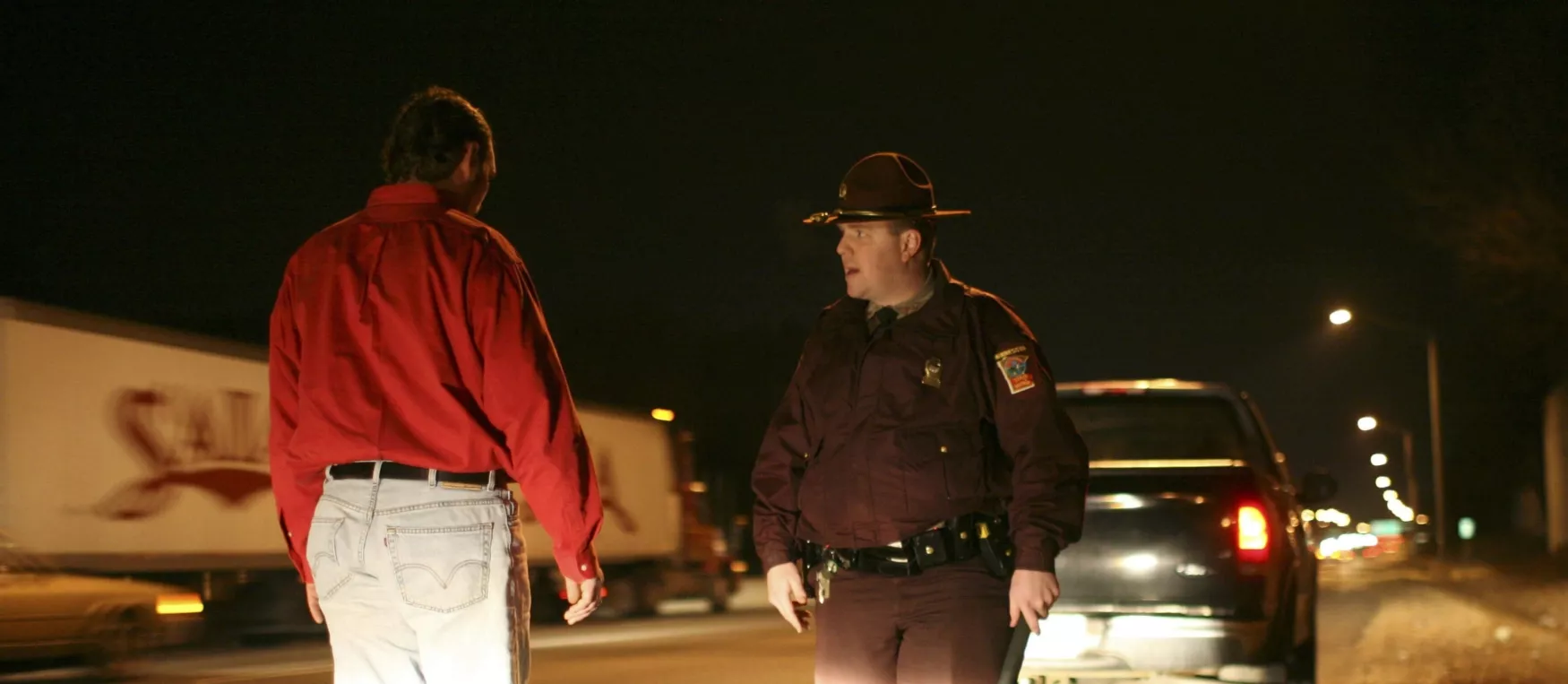
Alcohol and drugs will still affect your motor skills and driving abilities. A BAC of 0.02% will cause a:
- decline in visual functions (rapid tracking of a moving target)
- decline in divided attention or ability to perform two tasks at the same time
Alcohol and drugs will affect your motor skills and driving abilities. A BAC of 0.05% will cause :
- reduced coordination
- reduced ability to track moving objects
- difficulty steering
- reduced response to emergency driving situations
All drivers know or should know that it is illegal to have an open container of alcohol within the cabin of the car. A ½ empty bottle of wine is considered an open container. If you are cited for having an open container in your car, your fine will be in excess of $300 & will add 5 demerit points to your DMV record.

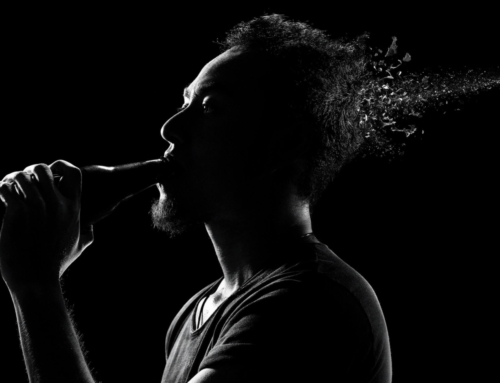
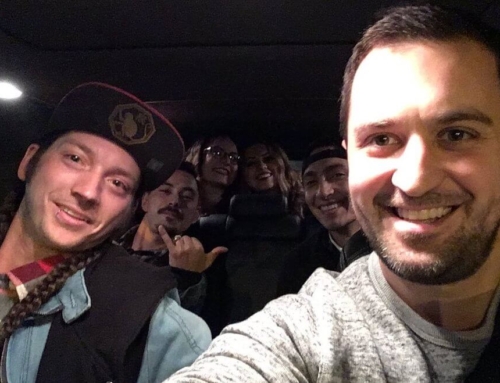


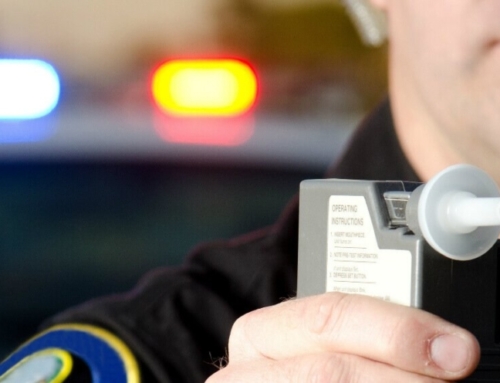
Leave A Comment